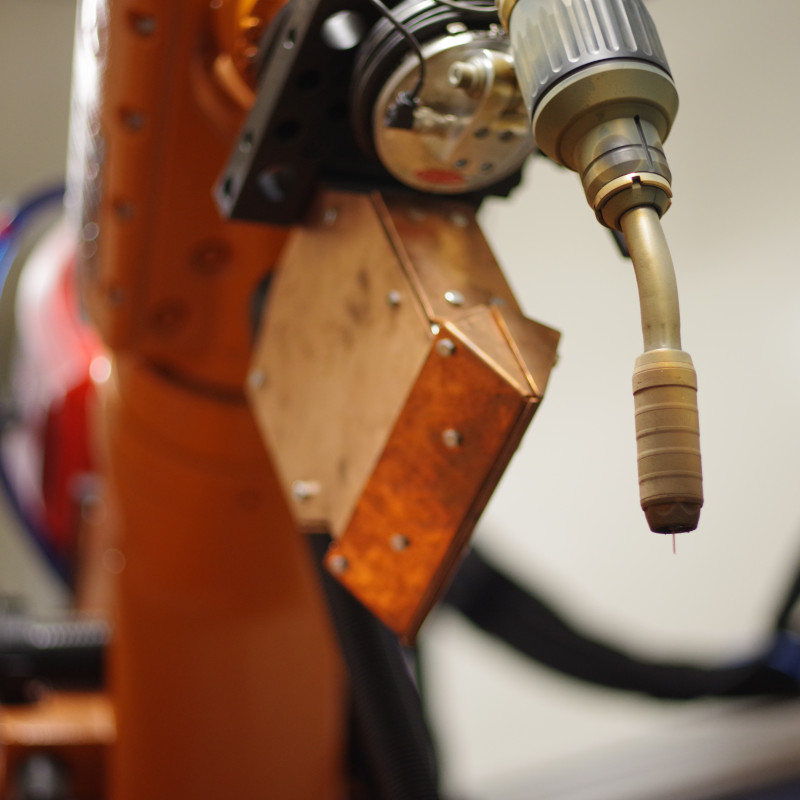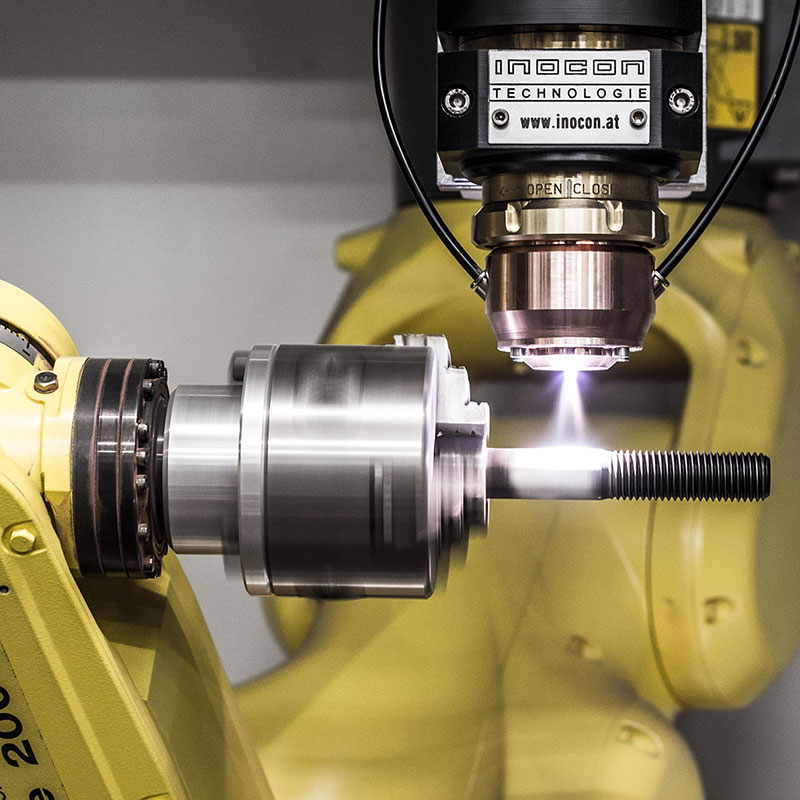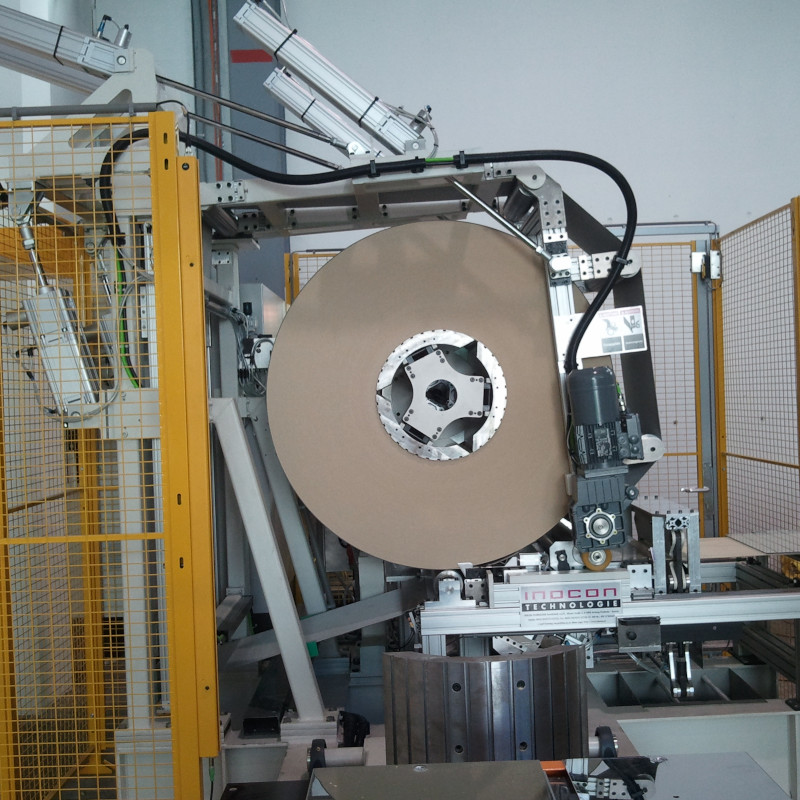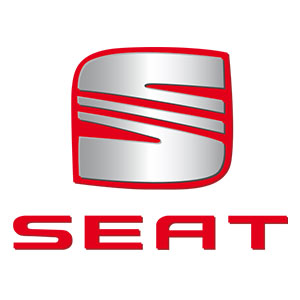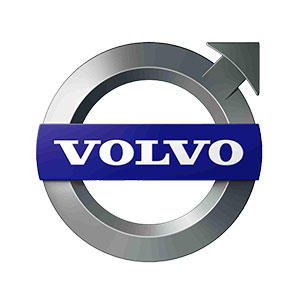The welded component is subsequently provided with a production code in a marking station and then placed into interim storage in a tower storage system. Once the cooling time has passed, the cardan shaft is transferred outwards on 2 different outlet conveyors for further processing.
A major challenge was the lot-size-1 productions for a model diversity consisting of several hundred different shafts. This target was achieved by automatic equipping of the welding adapters by means of handling robots.




